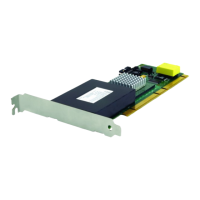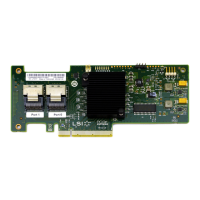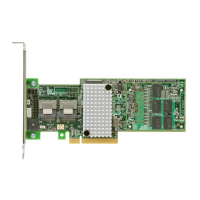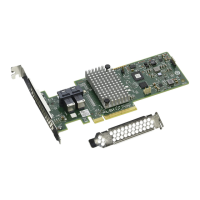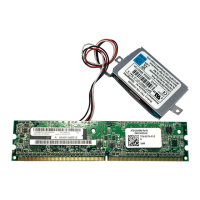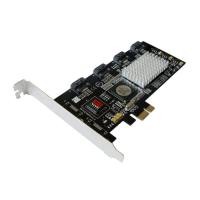Host
Identifier
Host
Descriptor
Establishing
Muitipie
Host
Connections
The
host
identifier (station
set
identifier for
ASCII
hosts) Is located In positions
18-20 of
the
status
line
(see
Figure 1-1 on
page
1-4). It gives you additional
Information about your
session
and
Is updated
each
time you
use
the
Change-Screen key sequence. The host Identifier Is 3 characters long and
qualifies the
LT
Indicator. Itdiffers depending on the type of host the session Is
communicating
with, IBM
or
ASCII.
When you
are
using an
ASCII
terminal with an
ASCII
host, no host Identifier
appears.
The
host
descriptor (station
set
descriptor for
ASCII
hosts
Is located In positions
31-50 of
the
status
line
(see
Figure
1-1
on
page
1-4). It Identifies the host with
which
a
session
Is In
communication.
The
host
descriptor
status
line
area
Is
updated each time you use the Change-Screen key
sequence
or you make a
selection
from
the
3174
Connection
Menu.
Like
the
host
Identifier,
the
host
descriptor
varies
depending
on
the
type
of
host
your
session
Is using to establish communication.
IBM
Hosts (3270type): This field can contain the host descriptor, which
has
a
maximum
length
of 20
characters.
ASCII
Hosts: When you
are
using a 3270 terminal
as
an
ASCII
terminal, the station
set
descriptor Is displayed In this position.
If
the station
set
descriptor Is longer
than
20
characters,
only
the
first 20
characters
are
displayed.
If
an update to any of the
areas
replaced by the host descriptor occurs while the
host descriptor Is displayed,
the
host descriptor Is
erased
and
the
original
areas
appear
Inthe status line. In most
cases,
you can remove the host descriptor by
using
RESET.
If
no host descriptor Is defined, the Indicators normally displayed In
this
area
appear.
Error
Messages
If
you try to access a session that Is not available, you may get one of the following
messages:
2%%
399
325.
These
error
messages
indicate
that
there
may
be a controller
hardware
or
configuration problem. Notifyyour
system
administrator about the
error
number,
and
use
RESET to
use
your
current
active
session.
If
RESET
does
not work,
use
the
change-screen
sequence
to
access
the
next
LT.
Change-Screen
Key
Sequence
The Change-Screen key
sequence
allows you to
access
the different
sessions
that
are
defined
for
your
terminal. This key
sequence
saves
the
current
active
session
In the background and the next background
session
becomes
the
active
session.
In
a round-robin
fashion.
Background
sessions
are
not affected by
anything
you key
In
during
the
active
session.
Chapter 1. GettingStarted
1-5

